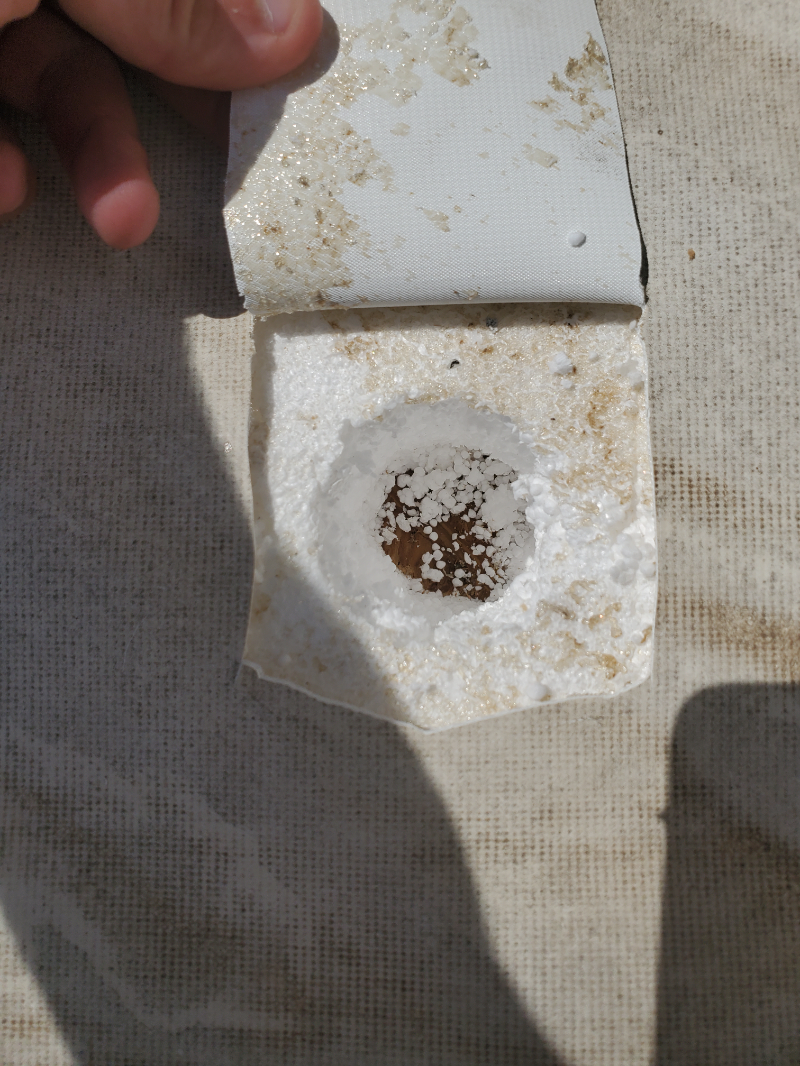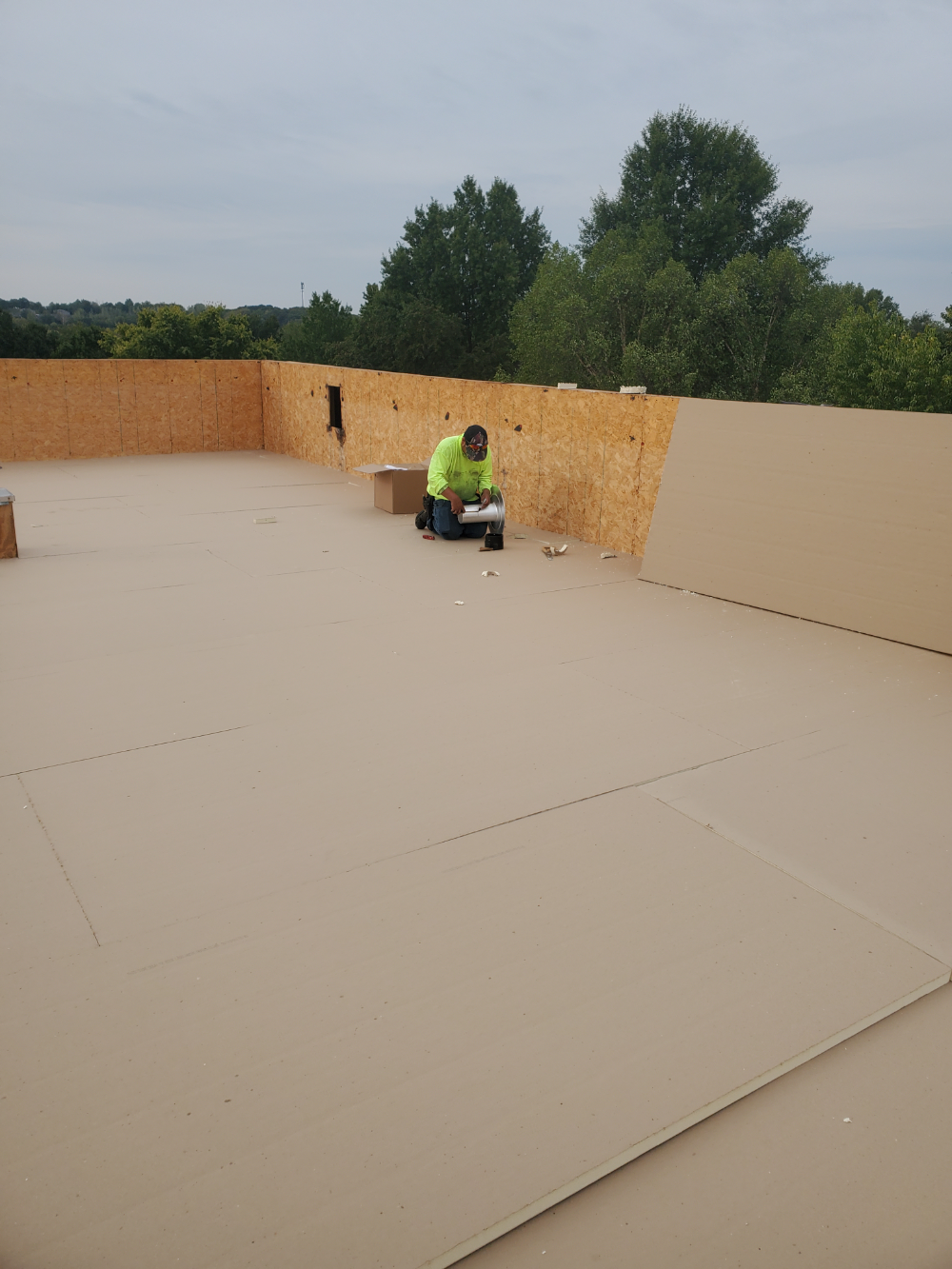Upon first impression, it’s easy to think that a commercial roofing system’s sole purpose is to prevent water from entering the building’s interior. While this function is critical and of utmost importance, there are many other attributes that low-slope roofing systems have to varying degrees depending on the type of material and method of installation.
As you will find, it is ultimately the materials besides the roofing membrane itself that have the greatest impact on performance outside of waterproofing.
In addition to waterproofing, commercial roofing systems have the following attributes:
Energy Efficiency
Commercial roofing systems can vary widely in their energy efficiencies. The simplest and most easily observed aspect of a roof as it pertains to energy efficiency is the membrane color. As you might imagine, lighter-colored membranes will reflect more sunlight than their darker-colored counterparts, resulting in cooler roof surface temperatures. But there are other significant factors that must be taken into consideration.
Much of the energy efficiency in a commercial roofing system is determined by the roof’s substrate, or the layer(s) of insulation underneath the membrane. The type, thickness, and number of layers of substrate will all have an impact on the building’s energy efficiency. Polyiso insulation, for example, contains a much higher R insulation value per inch of thickness than EPS insulation or wood fiberboard.
The method of installation used to construct the roof system can have a large impact on energy efficiency as well. A mechanically attached system (insulation and membrane), for example, is going to allow much more thermal bridging, or heat loss, from inside of the building compared to a system with a fully adhered substrate and membrane.
Staggered layers of insulation are always going to perform better in this regard than a single layer of insulation that allows heat to escape between the joints of the insulation boards.
Fire Rating
Different commercial roofing systems are going to have varying resistances to external fire depending on materials used. Again, the differences between systems for the most part come from the substrate as opposed to the membrane.
Decking types, such as plywood/OSB, metal, and concrete, all have different combustion risks. On materials that are not inherently fire-resistant, coatings and fire-resistant underlayments can be applied directly to the deck prior to roof installation.
As far as substrates, polyiso insulation and gypsum-fiber based insulation boards often carry a high rating against fire compared to alternatives.
Impact Resistance
Commercial roof systems can experience wildly different outcomes when faced with the same impact force from hail stones or other wind-blown debris. Obviously, age and weathering are factors, but even more important is the composition and design of the roof system.
As severe weather events have become more widespread and frequent over the last decade, there has been an increased demand for commercial roofing systems that are rated for very severe hail (up to 2” in size).
To qualify for these extended warranties, the system must undergo tests to simulate the stress it is rated to protect against. Often these systems require thicker or higher-performing membranes than standard 60 mil TPO.
Additionally, a special coverboard, often composed of gypsum, plywood, or OSB, is often required to achieve a hail-rated system. Roof systems with dense, high compressive strength coverboards perform much better during hail events than systems installed without a rigid coverboard. Coverboards will also protect better against damage from routine foot traffic.
Lastly, the method of installation can affect the impact-resistance of the roof system. Standard mechanically attached systems contain fasteners and plates underneath the membrane, which are much more susceptible to membrane failure due to impacts at these locations. Fully adhered systems or systems where these fasteners are buried underneath the coverboard eliminate this risk and provide for superior impact resistance.
Summary
Hopefully this post helped to demonstrate that the functions and attributes of commercial roof systems include much more than simply keeping the building watertight. There are many different configurations of materials and installation methods available, with benefits and disadvantages to each. To learn more about which type of system makes the most sense for your building, please don’t hesitate to give us a call.



